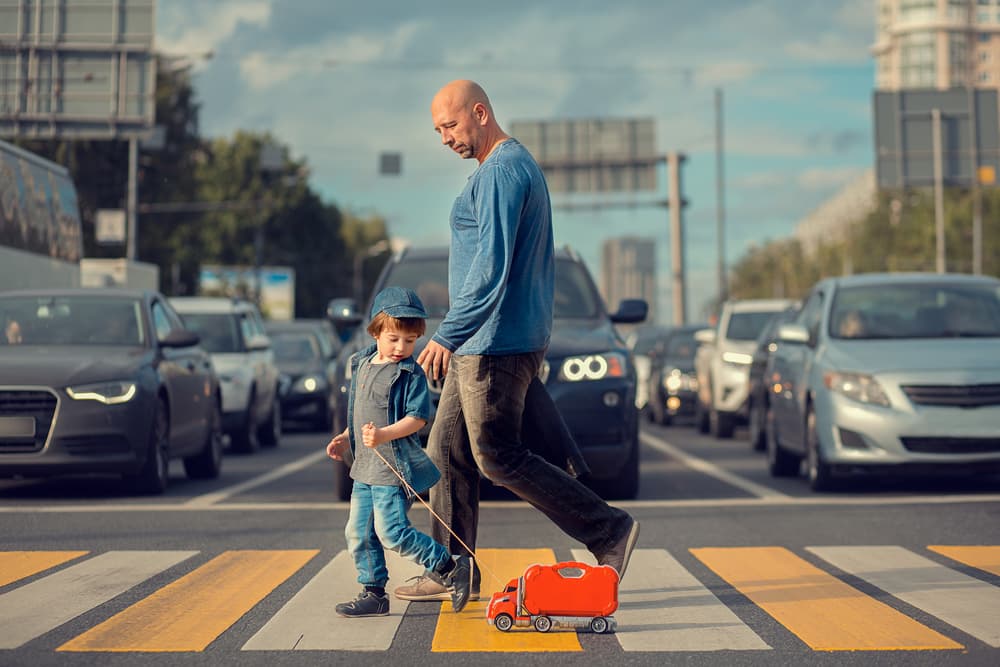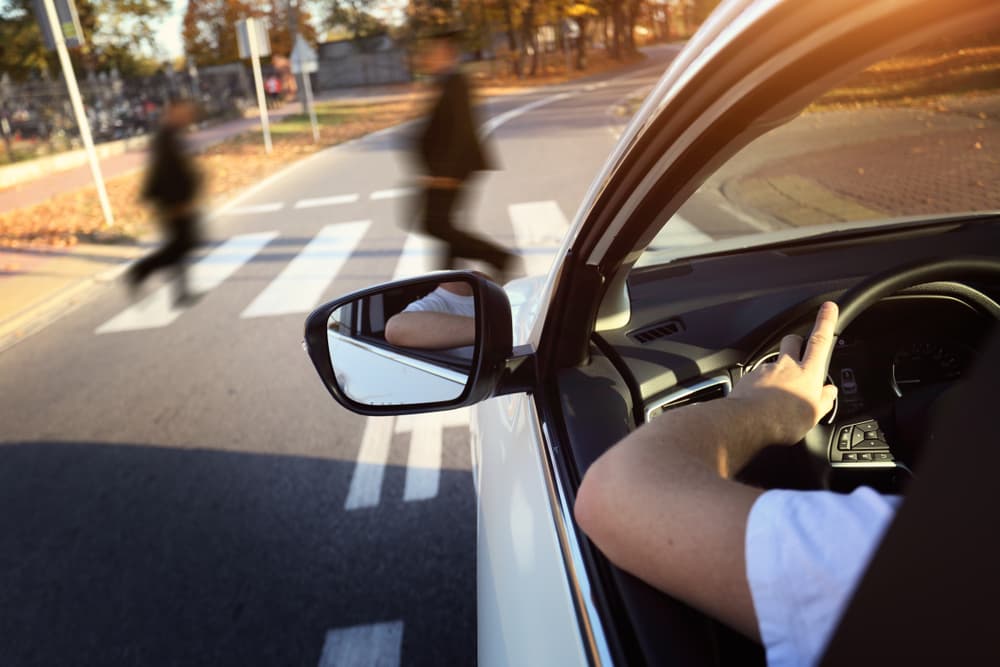


pedestrian accident attorney by your side is crucial if you find yourself in an unfortunate accident.
Right of way is a legal concept that refers to the priority given to specific individuals or vehicles to proceed in a particular situation, ensuring smooth traffic flow and road safety. In the context of pedestrians, the right of way ensures their safety and protection while crossing roads.
Pedestrian right-of-way laws can vary from state to state, making it challenging for pedestrians and drivers to navigate these regulations. While in some situations, pedestrians always have the right of way, there are scenarios where the responsibility lies with the driver. Let’s look closely at some common situations on the road and the corresponding right-of-way rules.
In most cases, pedestrians have the right of way when crossing at marked crosswalks or unmarked intersections. Drivers are legally obligated to yield to pedestrians in these areas.
When pedestrian signals are present, they dictate who has the right of way. When the signal displays a “walk” symbol, pedestrians can cross the road, and drivers must yield. However, when the signal displays a “don’t walk” symbol or a flashing hand, pedestrians should not enter or continue crossing the road, and drivers have the right of way. However, even if a pedestrian enters the roadway at this time, drivers are obligated to do all they can to prevent hitting them.
Jaywalking refers to the act of crossing the road outside a designated crosswalk or intersection. In many cases, jaywalking is illegal, and pedestrians do not have the right of way. However, laws regarding jaywalking vary by state, and in some areas, it may be legal to cross the road mid-block. Be familiar with local laws.
One particularly tricky situation arises when a driver is making a right turn at an intersection while a pedestrian is crossing the street. In most cases, the driver must yield to the pedestrian and allow them to cross before executing the turn.
Keep in mind that no matter the situation, motorists are always expected to take reasonable actions to prevent an accident. If you were involved in a pedestrian accident and think you, as a pedestrian, can be partly to blame, you should still consult with an experienced pedestrian accident attorney. It’s likely that you still have a claim for damages, but you won’t know unless you speak to an attorney.
Several factors can impact the determination of pedestrian right of way. Weather conditions, such as rain or snow, can affect visibility and may require both drivers and pedestrians to exercise extra caution. Traffic and pedestrian signals also play a significant role in determining the right of way. Other variables, such as the presence of traffic enforcement officers, school guards, or the use of crosswalk flags, can also impact the pedestrian’s right of way.
While the general rules regarding pedestrian right of way apply in most situations, some scenarios may have additional complexities. For example, in school zones, drivers are required to exercise extra caution and yield to students who are crossing or waiting to cross the road.
In construction areas, there may be specific signs or instructions in place that dictate the right of way for pedestrians and vehicles. Drivers and pedestrians must pay attention to these signs and follow the instructions.
In crowded urban areas, pedestrians and drivers must navigate a dense environment with multiple potential hazards. Both parties must remain aware of their surroundings, exercise caution, and respect each other’s right of way to ensure everyone’s safety.
Pedestrian accidents are, unfortunately, a common occurrence on our roads, and they can have devastating consequences. Understanding the common causes of these accidents is key to preventing them and ensuring the safety of both pedestrians and drivers. Here are some of the most frequent causes of pedestrian accidents:

Navigating through pedestrian right-of-way laws and dealing with the aftermath of a pedestrian accident can be overwhelming. If you need legal assistance, don’t hesitate to contact a trustworthy personal injury lawyer. They can provide you with the support and guidance you need during this challenging time. In fact, the right legal representation can make all the difference in the outcome of your case. Don’t let a pedestrian accident dictate your future – let an attorney help you navigate the legal process and achieve a favorable outcome. They understand the complexities of pedestrian right-of-way laws. They will fight for your rights to ensure you receive your deserved compensation.